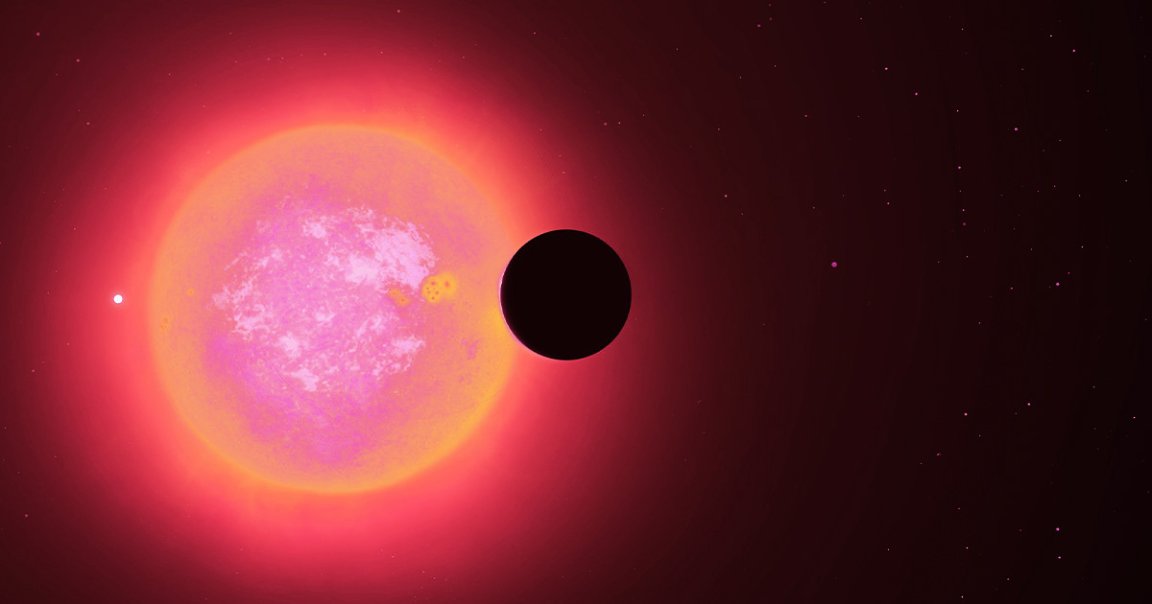
Sub-Earth Signal
Astronomers using the Very Large Telescope in Chile have confirmed that Barnard’s star, the closest single star to our Solar System lying just six light years away, has a planet of its own.
At half the mass of Venus — or about three times the mass of Mars — the exoplanet, dubbed Barnard b, is considered a sub-Earth. It orbits its star at an extremely close distance, circling it in little more than three Earth days.
The findings, as detailed in a study published in the journal Astronomy & Astrophysics, mark the first confirmed detection of a planet orbiting Barnard’s star, making it one of the closest known exoplanets to Earth overall.
The closest two planets belong to the Alpha Centauri star system, which comprises three stars and resides only 4.1 light years away. But since Barnard’s is a solo star, it’s more akin to our own planetary system — though, unfortunately, it does not possess a world that could potentially support life. At least, from what we can tell so far.
“Barnard b is one of the lowest-mass exoplanets known and one of the few known with a mass less than that of Earth,” said study lead author Jonay González Hernández, a researcher at the Instituto de Astrofísica de Canarias in Spain, in a statement about the work. “But the planet is too close to the host star, closer than the habitable zone. Even if the star is about 2500 degrees cooler than our Sun, it is too hot there to maintain liquid water on the surface.”
Push and Pull
To pick out Barnard b, the researchers used an instrument on the Very Large Telescope called the Echelle Spectrograph for Rocky Exoplanet- and Stable Spectroscopic Observations, or ESPRESSO for short. Rather than observe the exoplanet directly, the scientists used ESPRESSO to look for a “wobble” in the host star caused by the gravitational pull of an orbiting body — an approach ideal for detecting planets very tight to their stars, like this one.
According to the findings, Barnard b is about twenty times closer to its star than Mercury is to the Sun. Thanks to the extreme proximity to its star, its surface temperature is a little over 250 degrees Fahrenheit, which still makes it colder than Mercury and Venus.
The reason it’s not being burnt to a crisp is that Barnard’s star is what’s known as a red dwarf. Red dwarfs are the smallest main sequence stars, and exhibit their vermilion hue because they burn at relatively low temperatures. Their subdued luminosity, however, makes it easier to check if they have any planets.
Low-Mass Masquerade
The work took years of observations, which were cross-checked with measurements made at other observatories.
Exoplanets, boasting no luminosity of their own, are in general difficult to detect — sub-Earth ones even more so, because of their tiny mass.
That being said, these findings are extremely promising. On top of the confirmed detection, the researchers said they found clues of three more exoplanets in orbit around Barnard’s star. Maybe, if we’re lucky, one of them will be habitable.
“We now need to continue observing this star to confirm the other candidate signals,” coauthor Alejandro Suárez Mascareño, who is also a researcher at IAC, said in the statement. “But the discovery of this planet, along with other previous discoveries such as Proxima b and d, shows that our cosmic backyard is full of low-mass planets.”
More on exoplanets: James Webb Snaps Image of Planet in Neighboring Star System